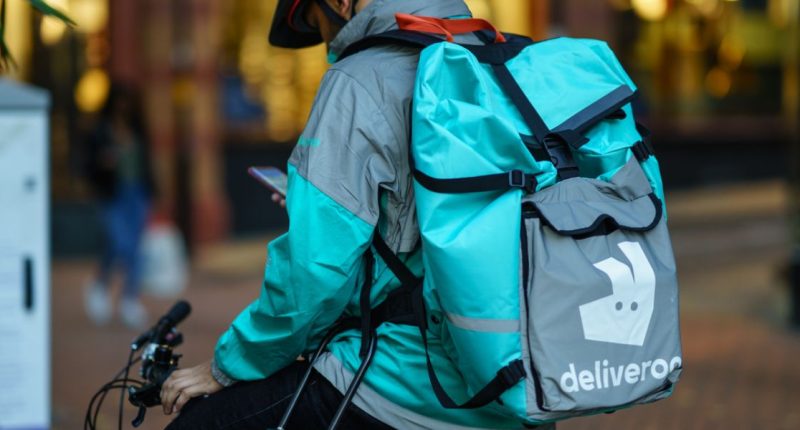People living in Britain are now consuming 50% more calories from takeaways compared to before the COVID-19 pandemic, latest research demonstrates.
During lockdown, Brits were eating nearly 75% more calories from takeaways, new data has shown.
With restaurants and pubs now reopen, many people are still opting for a takeaway rather than dining out, with apps like Just Eat and Deliveroo making it easier than ever to order food to your front door.
- COVID-19 pandemic has triggered cognitive decline in over 50s
- Consequences of Covid may cause more deaths than the virus itself, experts warn
- Substantial increase in type 1 diabetes cases in children and teenagers since COVID-19
The Institute for Fiscal Studies has published new analysis that outlines that people are eating out less than they did before the COVID-19 pandemic.
On average, people used to eat around 270 calories a week from takeaways before the pandemic, data has revealed. This increased to 395 calories a week during the first COVID-19 lockdown.
After the third national lockdown in England in 2021, people were consuming 470 calories per week from takeaways, dropping to 400 in the first quarter of 2022.
Author Andrew McKendrick said: “The COVID-19 pandemic saw huge changes in both how many calories households were buying, and where they came from.
“Lockdowns and closures of hospitality left a bigger role for consumption of food at home and for takeaways. But, by the start of 2022, most of these changes had been reversed: households had largely gone back to purchasing as much as they did in 2019. The pandemic did leave one legacy, though, in the much-increased use of takeaways.”
- Vimto recalled after drinks labelled with false”No Added Sugar” statement
- Type 2 diabetes risk reduced by regular coffee intake
- High almond intake associated with weight loss
Katharine Jenner, Director of the Obesity Health Alliance, noted: “This research confirms what is already clear – hot food takeaways are taking over our high streets.
“The pandemic turbocharged this, and now unhealthy food is so available that it is almost unavoidable.”
She added: “We know that on average the portion sizes in these places are much larger than you’d make at home, with more sugar, salt and fat. Consumers can’t even make informed decisions about what they’re buying.
“Councils need to make high streets healthier by using the planning tools they have available, and national government needs to step up and empower them to do so.”




